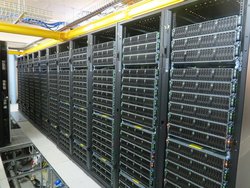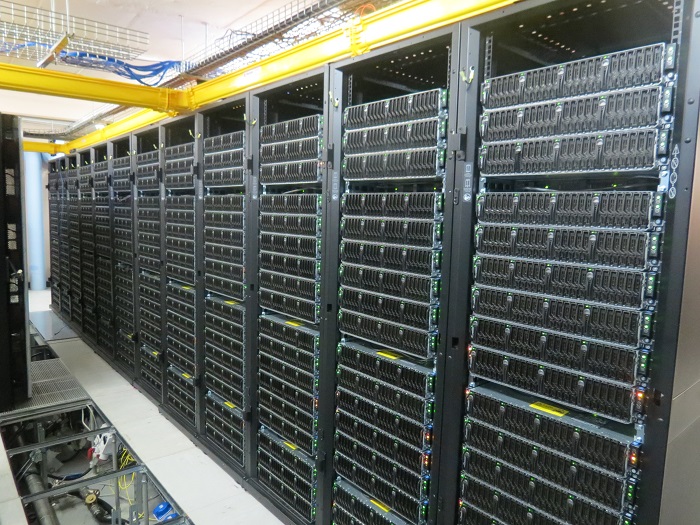
June 8, 2016
By: Michael Feldman
The South African Council for Scientific and Industrial Research (CSIR) has announced its newest supercomputer, which will deliver about a peak petaflop worth of computing power. The new machine, known as Lengau (the Setswana name for Cheetah), was procured from Dell and will be housed at the Centre for High Performance Computing (CHPC).
 In the world of HPC, South Africa has been a stand-out overachiever. With a GDP of around $350 billion (2014), the government has fielded significant HPC systems on a limited budget. Today, all the other petascale machines on the TOP500 list are supported by nations with much larger economies. The smallest of these, Poland, has a GDP of around $545 billion (2014).
In the world of HPC, South Africa has been a stand-out overachiever. With a GDP of around $350 billion (2014), the government has fielded significant HPC systems on a limited budget. Today, all the other petascale machines on the TOP500 list are supported by nations with much larger economies. The smallest of these, Poland, has a GDP of around $545 billion (2014).
Prior to Lengau, South Africa’s largest system was Tsessebe, a Sun cluster, which, when it was originally installed in 2009, delivered a Linpack performance of about 25 teraflops. It was subsequently upgraded to 61 teraflops with a combination of Sun and Dell nodes. Tsessebe has been decommissioned by CHPC, but is still being used by various South African universities and research centers.
The fleet-footed Lengau system attains its petaflop status, courtesy of 1,039 of Dell’s PowerEdge servers, comprising 19 racks. The majority of these are dual-socket servers, equipped with Intel’s 12-core Haswell-EP processors (specifically, the Xeon E5-2690), while a smaller number are so-called “fat nodes,” each of which contain four Xeon E7-4870 processors and a terabyte of memory. These are not exactly the newest silicon on the market, so CSIR probably got a good deal from Dell for the server gear. A 4 PB Lustre storage system provides file access, and everything is hooked together with an FDR (56 Gbps) InfiniBand network from Mellanox.
Dr Thomas Auf der Heyde, Deputy Director-General of Research Development and Support at the Department of Science and Technology, says Lengau aligns with CHPC’s mission to modernize South African R&D and enhance its technical competency. Accordingly, the system will be used by researcher institutions to advance scientific discovery and commercial firms to improve competiveness in the private sector.
"For our country to grow at the required rate, as set out in the National Development Plan, it needs to change gears by building capacity in the production and dissemination knowledge," he said.
